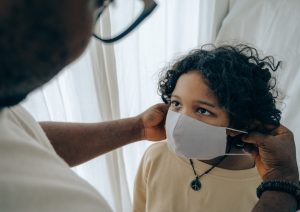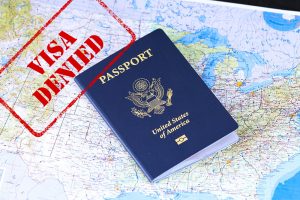LatinaLista — A new report makes the simple but bold statement — “healthy people and healthy places go together.”
The report, “Why Place & Race Matter: Impacting health through a focus on race and place,” sponsored by PolicyLink and the California Endowment, illustrates why a person’s neighborhood and local community can be a good predictor of a healthy or unhealthy lifestyle.
If you live in a community with parks and playgrounds, grocery stores selling nutritious foods, access to good jobs and to other economic opportunities, clean air, safe streets, good schools, ample health care and social services, and neighbors who look after one another, you are more likely to thrive.
If you live in a neighborhood without these essentials, you are more likely to suffer from obesity, asthma, diabetes, heart disease, or other chronic ailments. You are also more likely to die of a stroke, a heart attack, or certain forms of cancer. You are more likely to be injured or killed during a crime, in a car crash, or simply crossing the street.
Unfortunately, the neighborhoods most often forgotten or ignored by city leaders with beautifying programs like parks or recreational areas, and which don’t have neighborhood grocery stores selling nutritious foods or convenient clinics for easy access to medical care or schools in the best of shape or gangs cruising neighborhoods are Latino and black areas of a city.
In these neighborhoods, where there’s not much reason to go outside, it’s no wonder that a recent study published in the journal Pediatrics found that 23 percent of Latino kids don’t participate in physical activity like their white peers.
According to the study:
Hispanic kids between age 6 and 17 are much more likely to be physically inactive: 22.5% of immigrant Hispanic children, 17.2% of U.S.-born Hispanic kids with immigrant parents, and 14.5% of U.S.-born Hispanic kids with a single immigrant parent are considered sedentary. Among their non-Hispanic white peers, 9.5% are considered inactive.
With 23 percent of Latinos living in poverty, according to the US Census, and 31 percent lacking health insurance, a fuller picture emerges as to why Latinos find ourselves less healthy than our peers.
PolicyLink offers some easy solutions to fix a problem that is only getting worse — fix up these neighborhoods.
It’s already being done slowly but surely across the country.
Cities are providing incentives to grocery businesses to open up in predominantly minority areas. They’re investing in paving the roads and fixing the potholes in neglected neighborhoods. Churches are building playgrounds, parks with walking trails and power washing away grafitti on the sides of buildings. Police are stepping up their presence and interaction with community members. More medical clinics are setting up shop in strip malls.
It takes investment of time, money and dedication to create healthy neighborhoods — that, in turn, have healthy residents.





